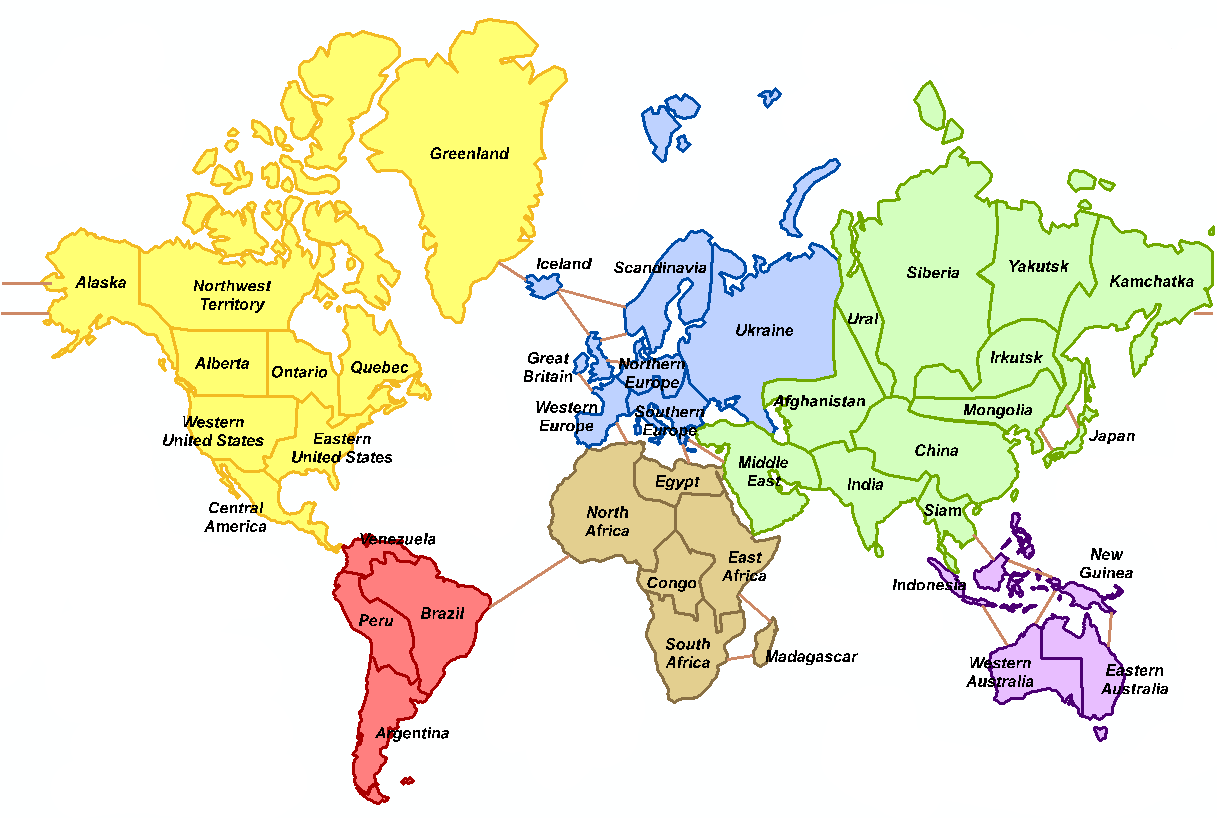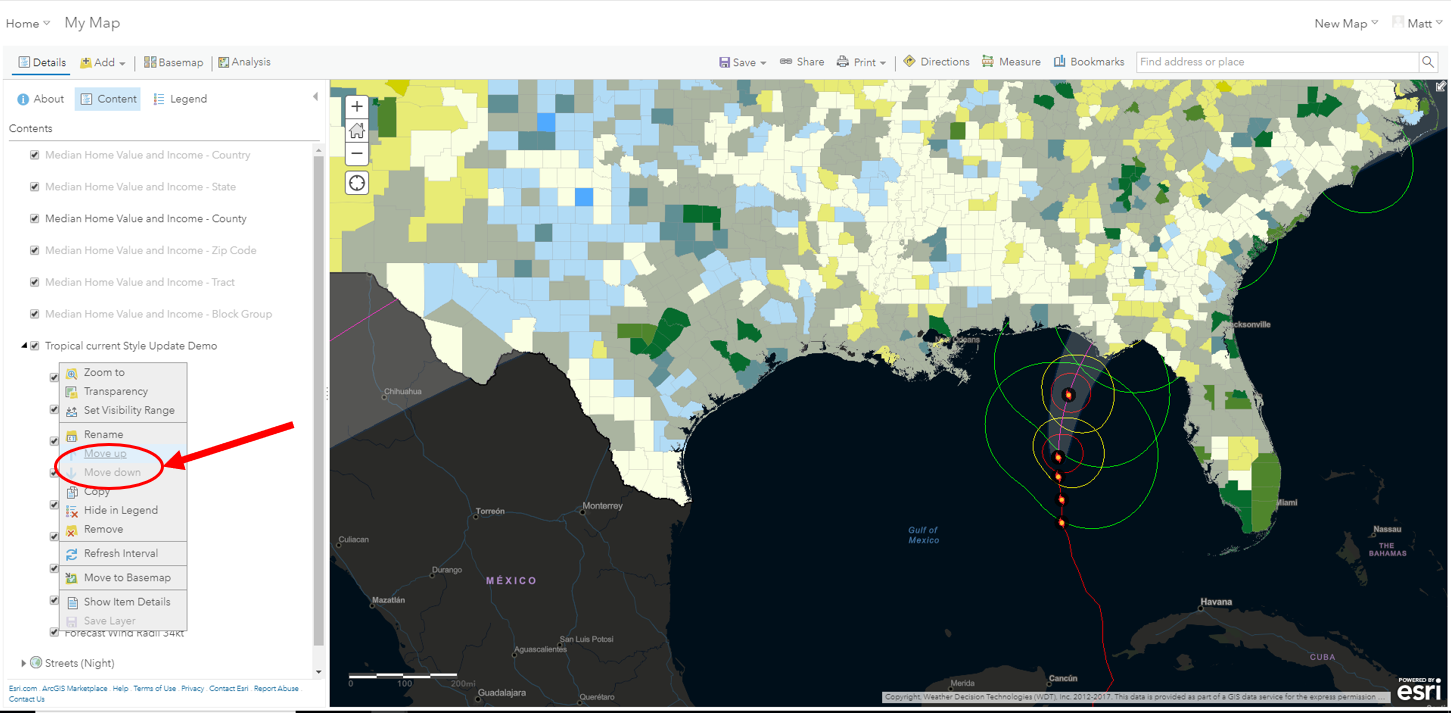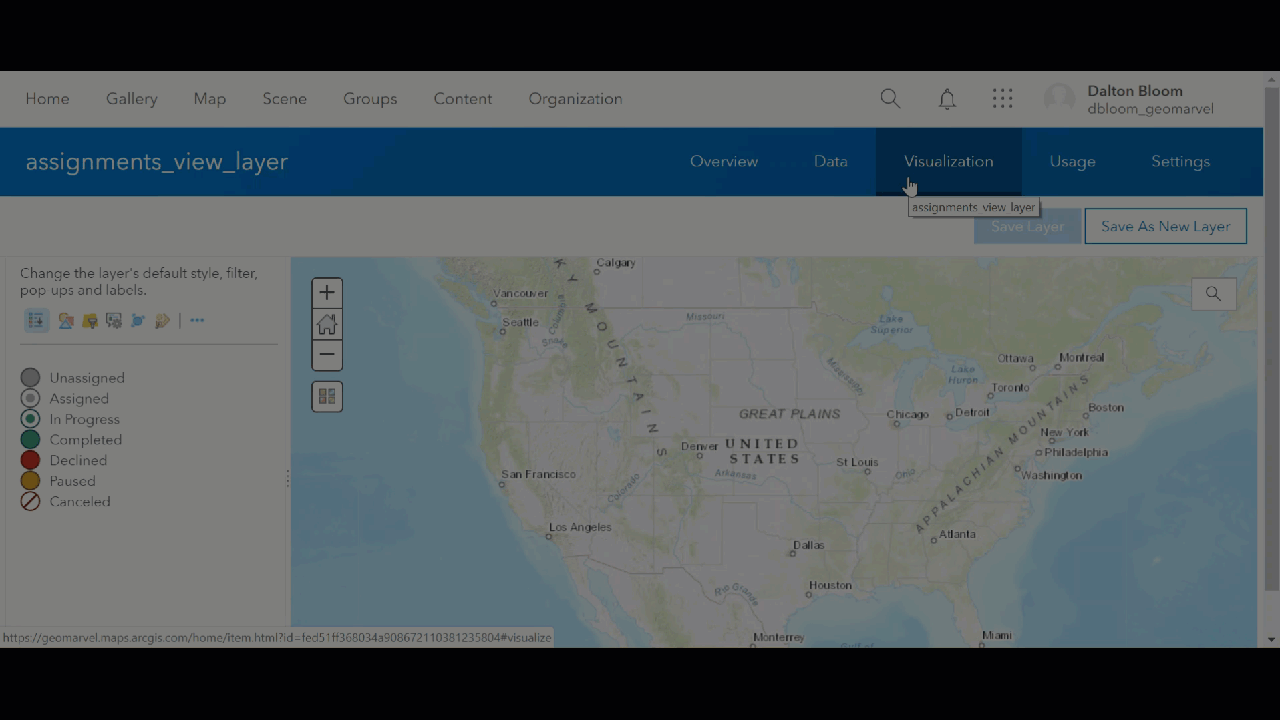

Browse to the desired web map, click More Options, and select Open in Map Viewer.

It is usually interactive and not always self-contained. A digital map is on a computer, but may not be accessible by internet, and is relatively static if it is. The available editing options depend on the editing options that are set on the feature layer. What is a web map Web map often implies a map that is not simply on the web, but rather one that is powered by the web. empty tile package with your desirable levels of detail/scales). Click Edit on the Settings (light) toolbar. In Web AppBuilder you can limit the scale that an be zoomed to: One dirty workaround I saw for doing this at the Web Map level would be to add a dummy cached basemap (e.g. Pan and zoom to the location on the map where you need to add the feature.

In the Output File window, under Computer, expand This PC. graphic representation of geographic features as generated by the Web Map. For Output File, click the Browse button. The OGC Web Map Service (WMS) allows users to transparently access data stored. In ArcGIS Online, using analysis tools in Map Viewer consumes credits, depending on the number of records and the generated output. When adding features to your map from local data files, such as text files, CSV files, or shapefiles, the data contained in those files needs to be web-enabled before it can be used in a web map or app. But if your map contains a raster layerfor example, a hillshadefollow the instructions at Create a tile package for a web tile layer to generate raster tiles instead. Refer to ArcGIS Online: Map Viewer analysis tools for more information. Note:īoth tools perform similar functions the main difference being the Derive New Locations tool can contain partial features. The following workflow is applicable to both the Find Existing Locations and Derive New Locations tools. The Find Existing Locations and Derive New Locations tools perform similar functions as the Select Layer by Attribute and Select Layer by Location tools in ArcGIS Pro.
FEATURES TO WEBMAP HOW TO
This article explains how to select features based on the desired attributes or spatial queries using the Find Existing Locations or Derive New Locations tool, after which a new layer is generated as the output. When editing a web map in ArcGIS Online Map Viewer, it is useful to create a new feature layer based on feature selections, instead of creating a new layer and adding desired features in it. Shape<-readOGR("places.How To: Create a new feature layer from selected features in ArcGIS Online Map Viewer Summary Now let’s have look at the Shapefile itself which will be exported: ogrListLayers("places.shp") Library("rgdal") #enable it for your workflow Install.packages("sp") #will be needed to load rgdal Setwd("~/r_pie")# set the working directory with your files inside:

Open Content > My Content, click New item, and click Your device. Verify that you are signed in and that you have privileges to create content and publish hosted feature layers. Therefore we are using the gdal bindings to R: I cant move the Tropical Current layer in my web map above any of the Median Home Value layers which all came from ESRIs Living Atlas as Feature Layers. Follow these steps to add a file geodatabase to your portal and publish its contents as a hosted feature layer. To enable R reading shapefiles we will need to load additional libraries into R. It has a great GUI and it’s platform independent. Especially if you’re new to R I highly recommend RStudio. The map.html file will contain our front-end code, and the server.py file will contain our back-end code. One will be our map.html file, and the other will be our server.py file. Create two files inside the project folder. Cool, huh?įor this you will need R installed. Step 2: Create the project files inside the folder. Let me show you, how to use the data in each feature to create a custom icon like a piechart marker using R. In leaflet you can define different icons according to the attributes of your data by defining the icon url in an attribute. It accesses web servers that deliver vector content in GML format. When it comes to webmapping there are thousands of possible markers you can choose from but when it comes to markers depending on the data, which is inside the shapefile, possibilities are more limited. Import vector data using the Web Feature Service (WFS).


 0 kommentar(er)
0 kommentar(er)
